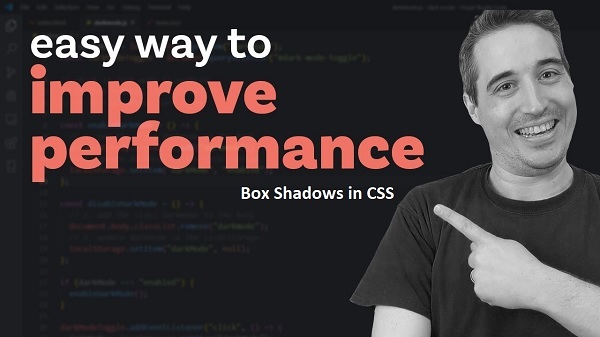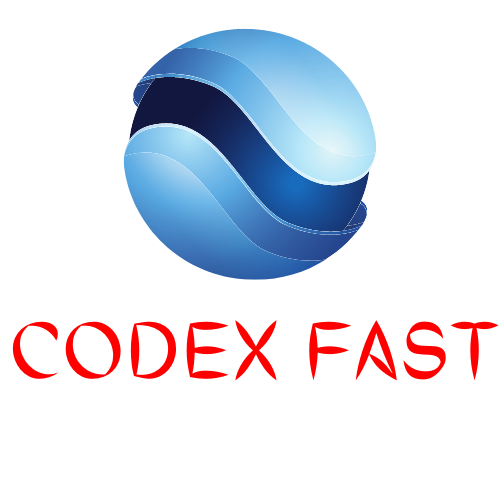
As CSS grows more powerful and versatile, developers can use it to animate box shadows. These shadows add depth and dimension to your pages, but there are some concerns about using them. Box shadows are CSS-based elements that create a three-dimensional effect on your webpages. They are useful in creating visual interest and framing your content. Despite this, some developers believe that animating box shadows degrades the user experience and should be avoided.
CSS Code Use
CSS uses hardware acceleration to render shadows. When you animate a shadow, the browser renders each frame of the animation. Hardware acceleration uses the computer’s graphics processor to render images instead of the CPU. This ensures that your computer loads pages quickly and smoothly. However, if you have many animations on a page, they can negatively affect performance. You should limit the number of animations or ensure they don’t bog down your page load times.
Shadows are one of the most efficient parts of CSS because they are hardware-accelerated. Additionally, box shadows are composited in the browser instead of in JavaScript. This means that they don’t slow down the DOM and can be updated easily. Instead, they update on their own and require no additional resources to function. The only thing that slows down the shadow is drawing it out of its container to position itself directly on top of its background element.
Animating shadows
Animating shadows is quite intuitive and easy to learn; there’s no need for complex tools or techniques to master it. Developers can use CSS syntax to create smooth transitions between frames in an animation sequence. There are also prebuilt libraries such as GSAP (GreenSock Animation Platform) that make animating shadows even easier than basic CSS syntax does. Prebuilt libraries give you access to a prebuilt collection of effects that you can apply with a simple line of code! It’s also possible to build your own library when you can’t find what you’re looking for in a prebuilt one. Building your own library gives you much more control over how things work since you can script them exactly how you want them- but this takes time and effort that most people aren’t willing to put into something so trivial as animations.
Although box shadow animations are fun to create, they require lots of resources to run every frame. Plus, animating shadows is usually unnecessary because webpages usually have enough natural movement without creating artificial movement with CSS Code. For example, if you’re creating an animation for a website instead of a video game, it’s unnecessary to add more movement than what already exists in your design documents or prototypes. If you do choose to animate shadows, doing so should be for dramatic effect rather than just for fun!
Creating shadows
Creating shadows with shadow DOM nodes is another way to create effects other than animating them with CSS. Shadow DOM is basically an API for creating custom widgets in your HTML elements that are only visible within the element where they’re created. For example, if you have a dropdown widget in a page header bar and want it to cast a box shadow underneath it when open, you could use the shadow DOM API to create this effect underneath the dropdown menu bar element instead of animating it with CSS or JavaScript! However, creating custom widgets requires lots of development time and effort along with plenty of testing time after creation because every browser has slightly different rules for how these custom widgets work! Shadow DOM is great if you have time and resources available since it allows developers total control over their creations; however, since it’s so time-consuming to create custom widgets with DOM shaders, most people just stick with prebuilt libraries instead!
While box shadow animations
While box shadow animations look impressive and add pizzazz to your pages, some users may not be able to see them at all due to browser support issues. Some browsers may not support CSS animations at all, limiting your audience potential if you go overboard with this type of user interface element creation! Additionally, not all operating systems support hardware acceleration for rendering these types of effects- so these users will get no benefit from creating cinematic box shadow effects in their designs!
Finally
Creating cinematic elements using box shadow animations is fun, but not always necessary or useful for every project type or audience base. Hardware acceleration ensures a smooth experience while making sure computer resources aren’t bogged down by unnecessary effects or animations beyond what’s necessary for getting the job done right here and now- And it’s completely up to you as a developer how much effort and time you choose to exert towards adding dramatics where they’re not strictly needed!

